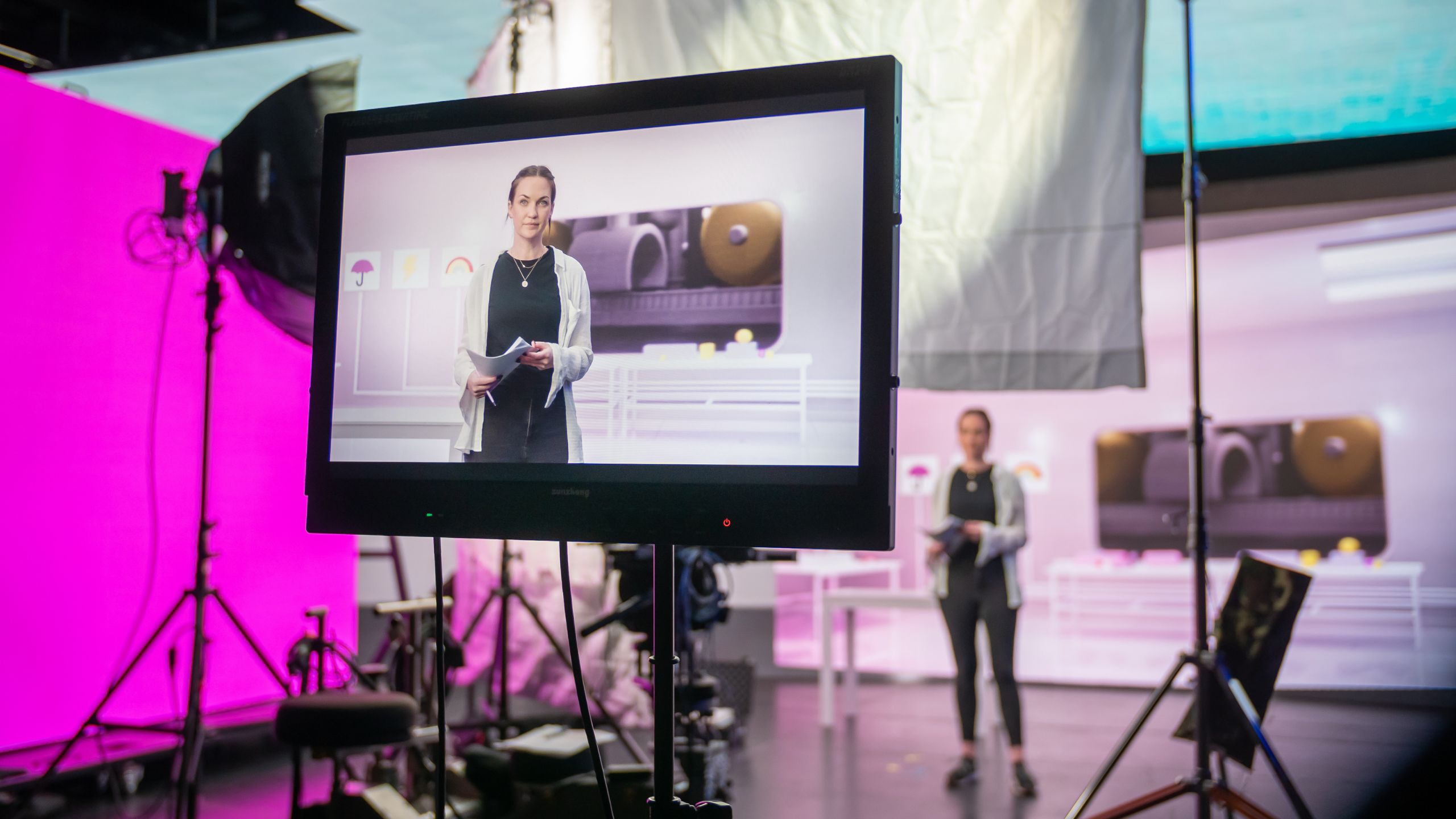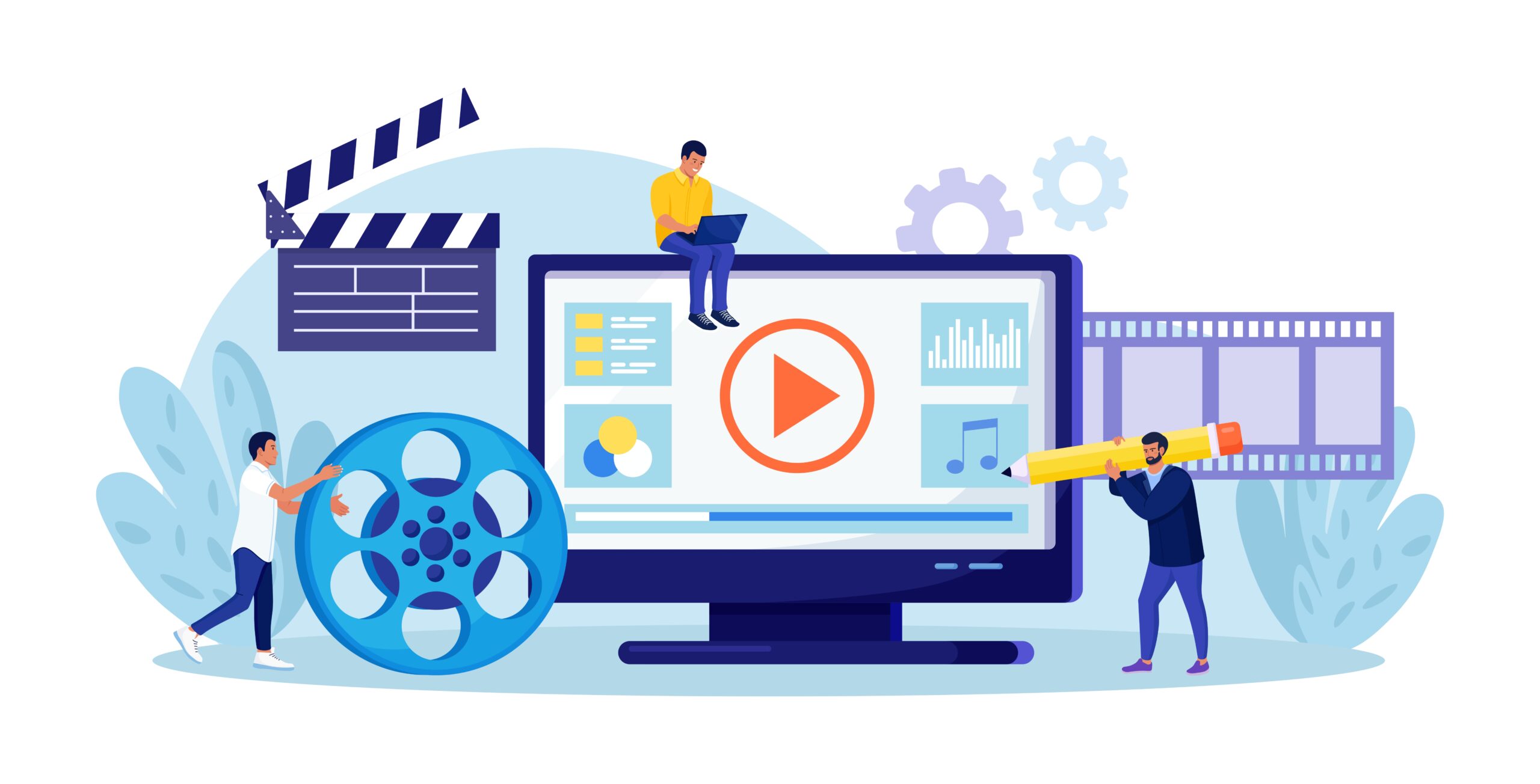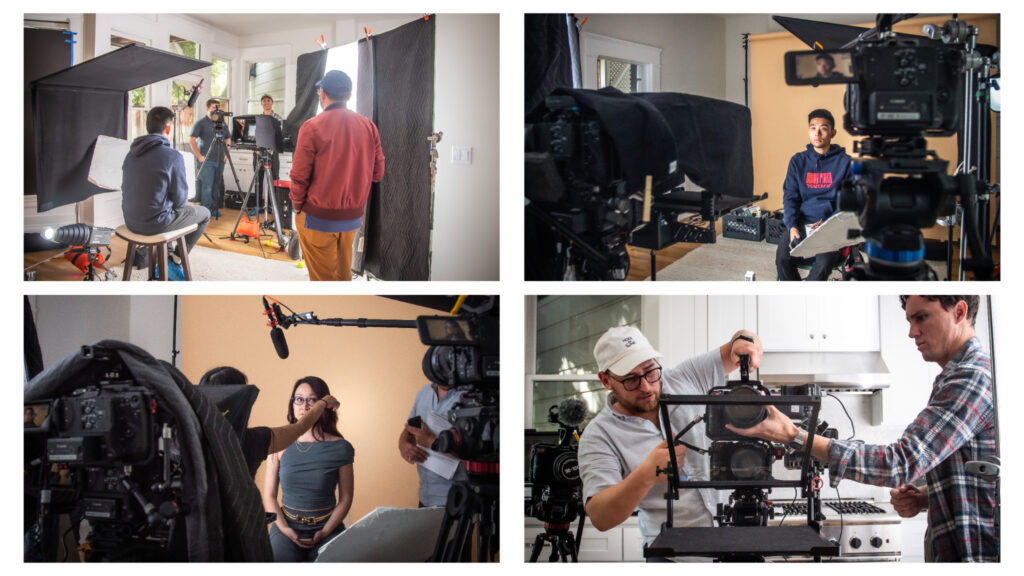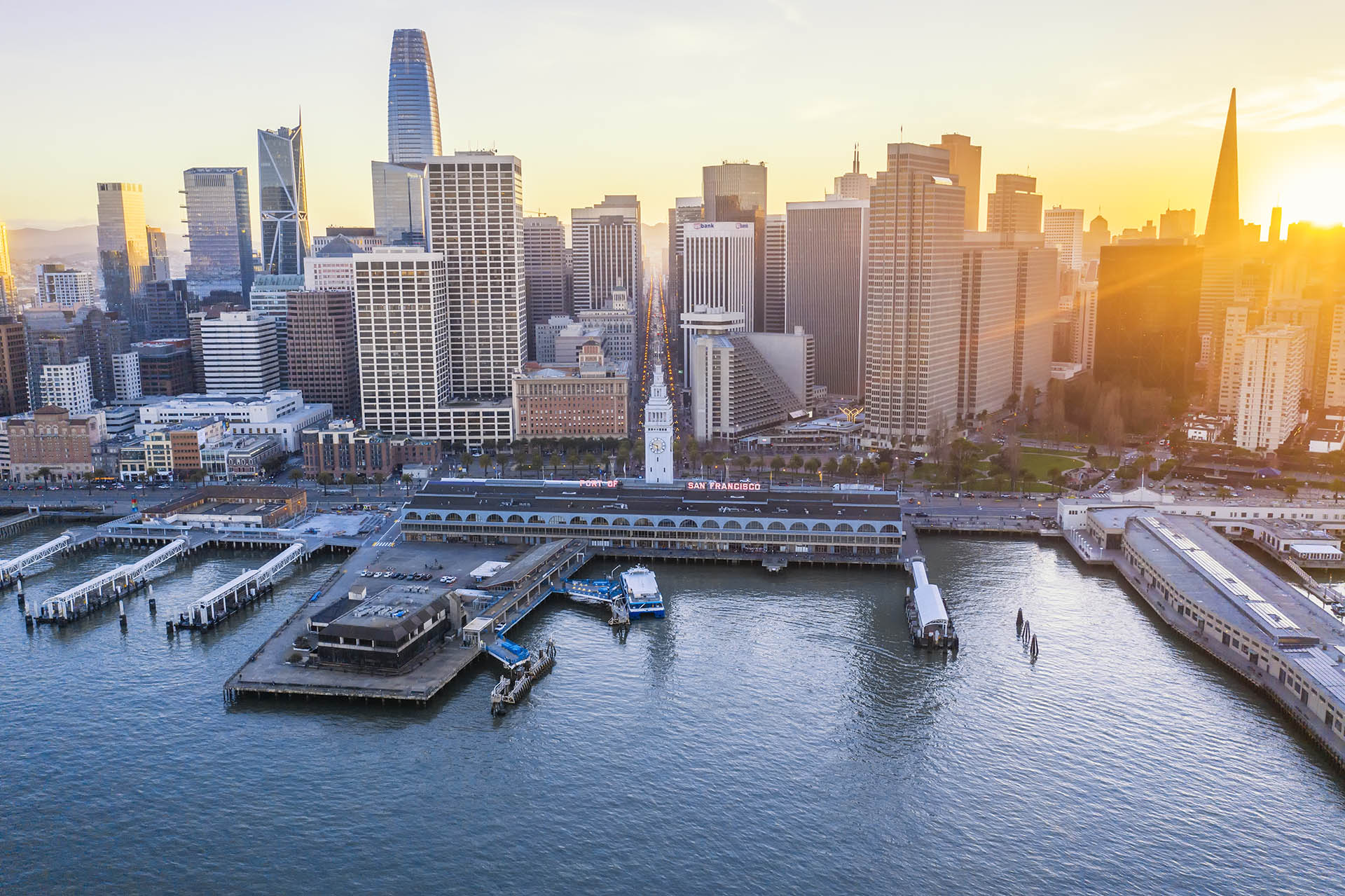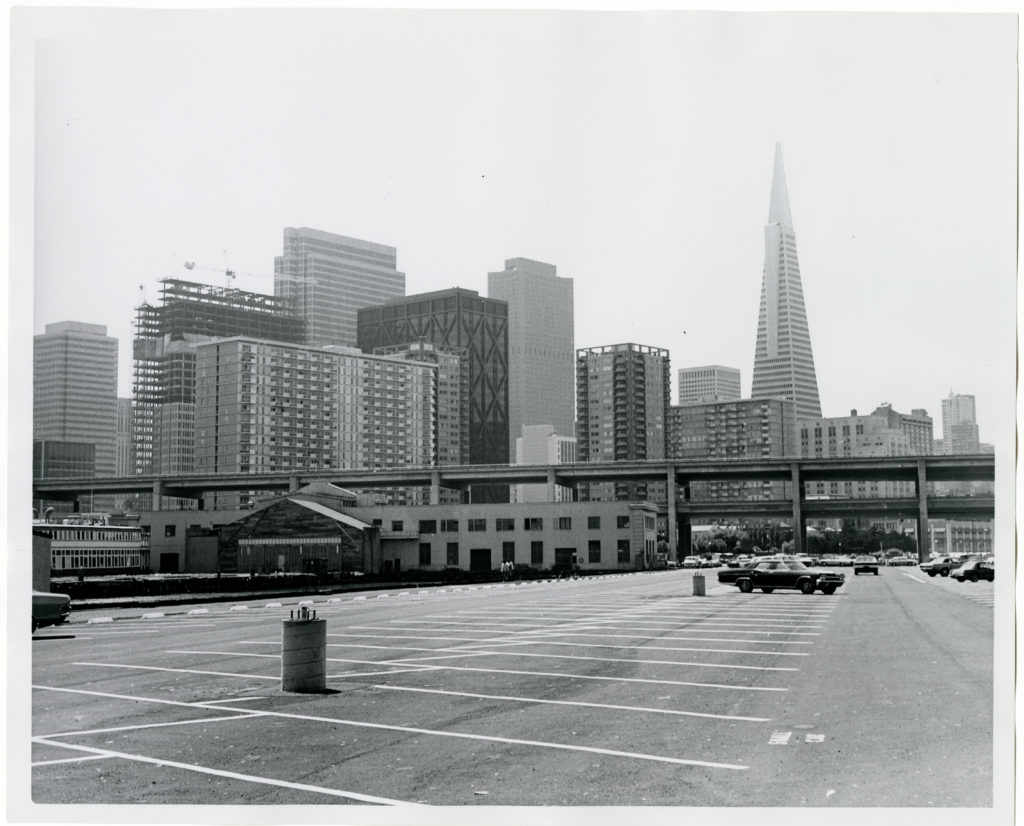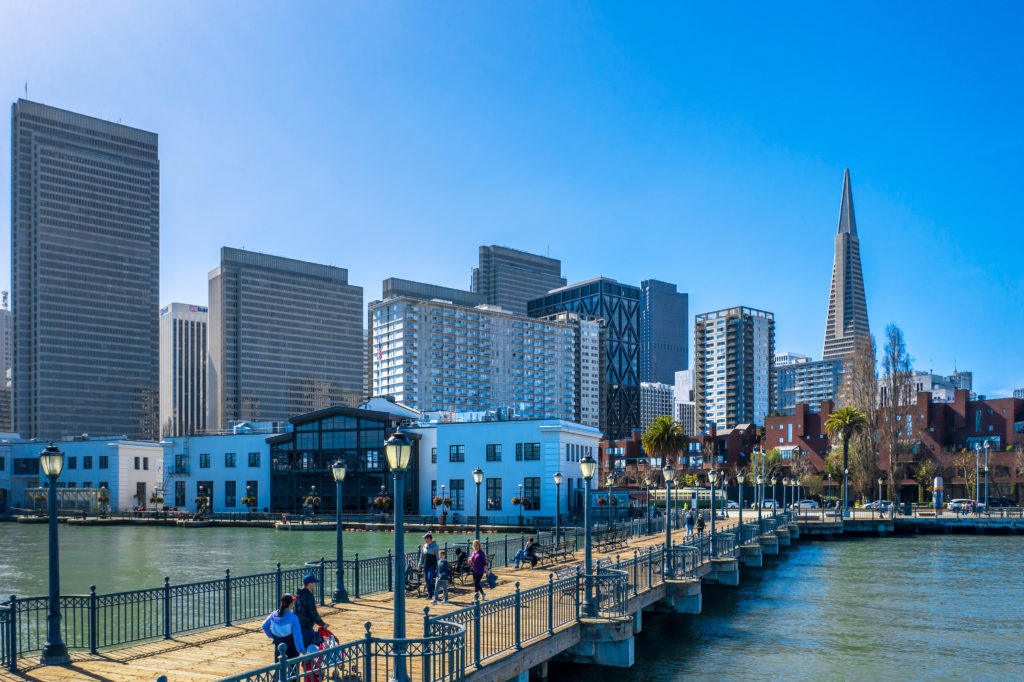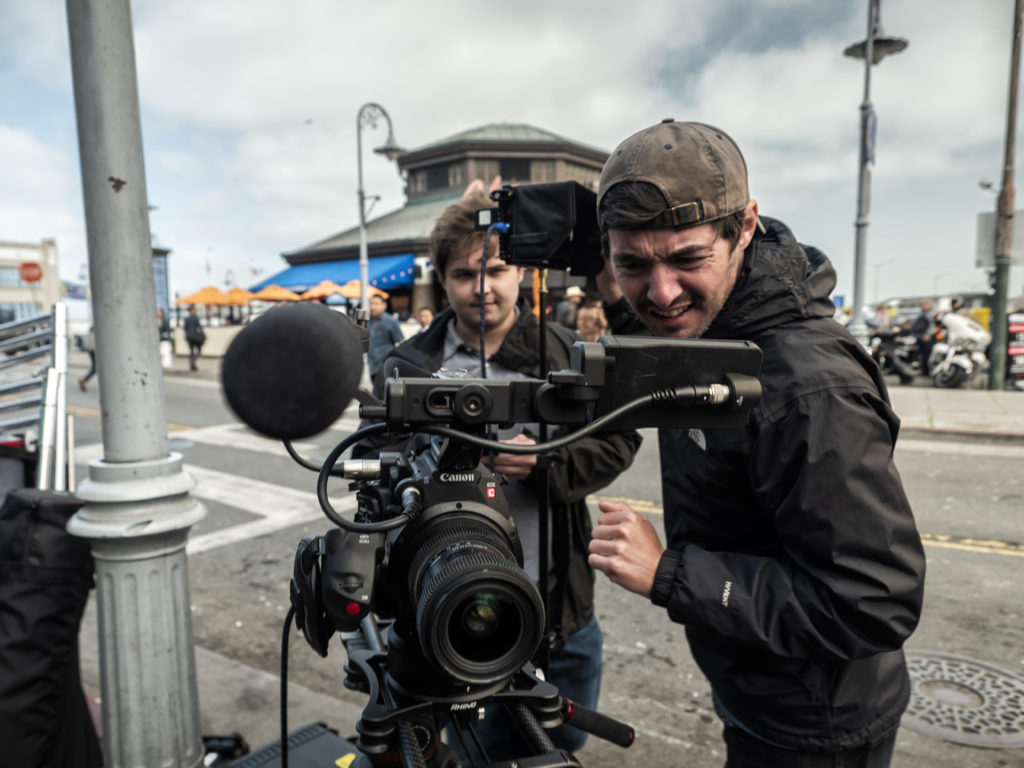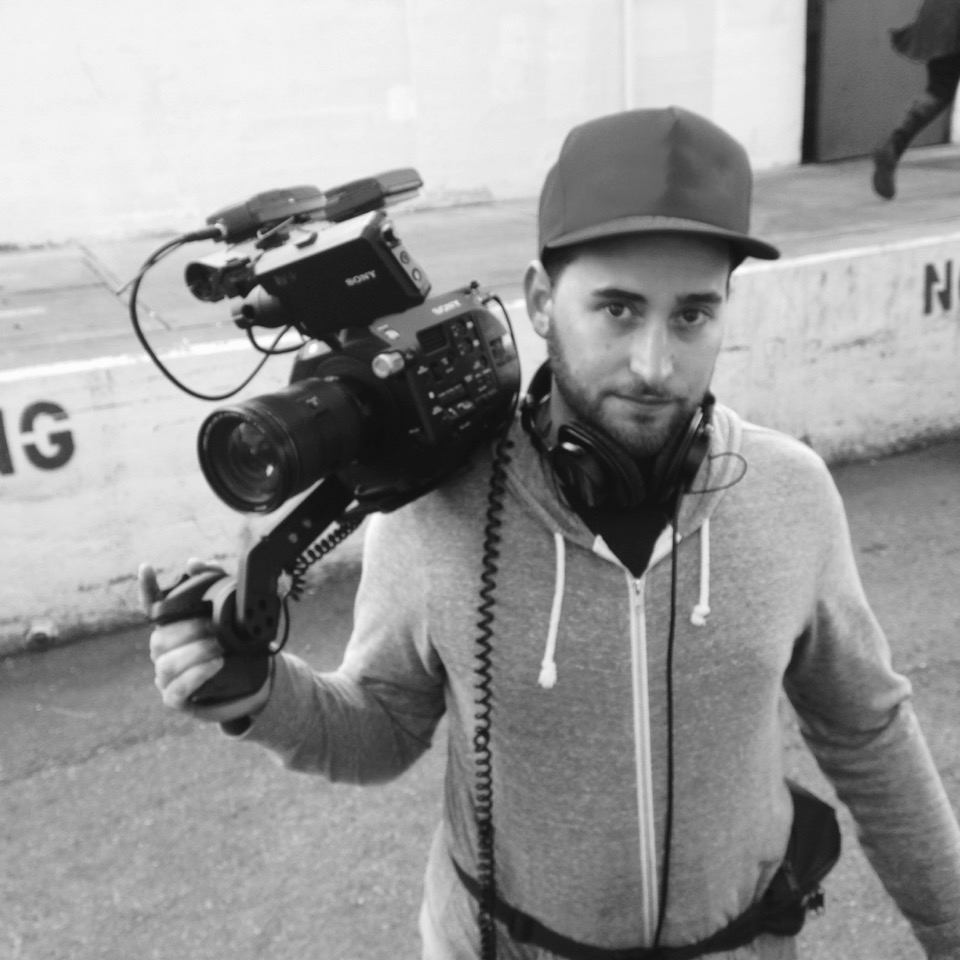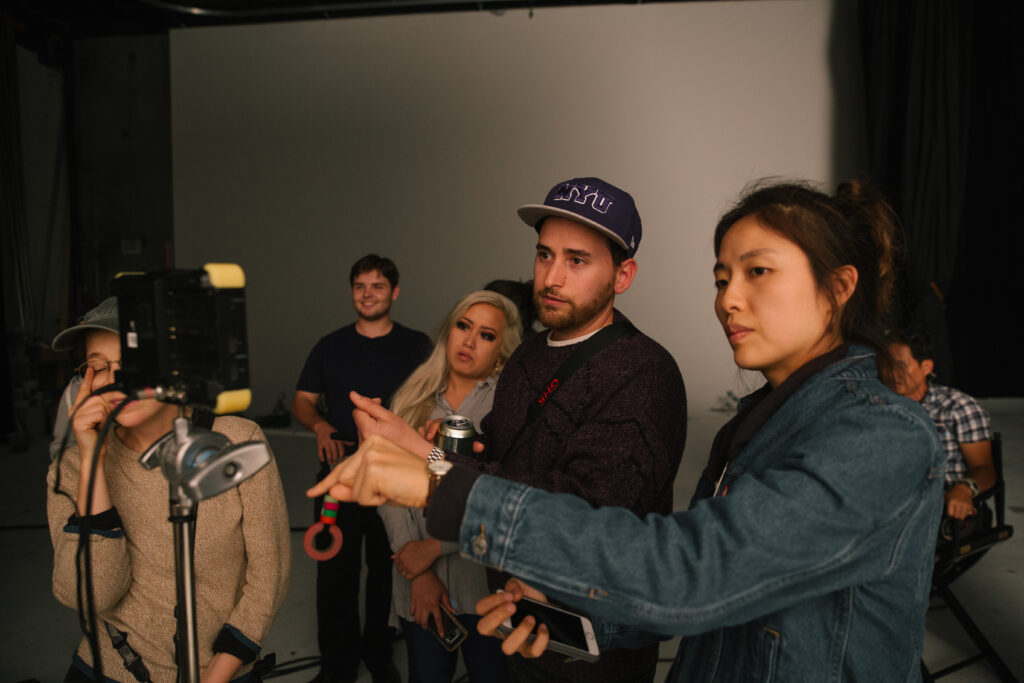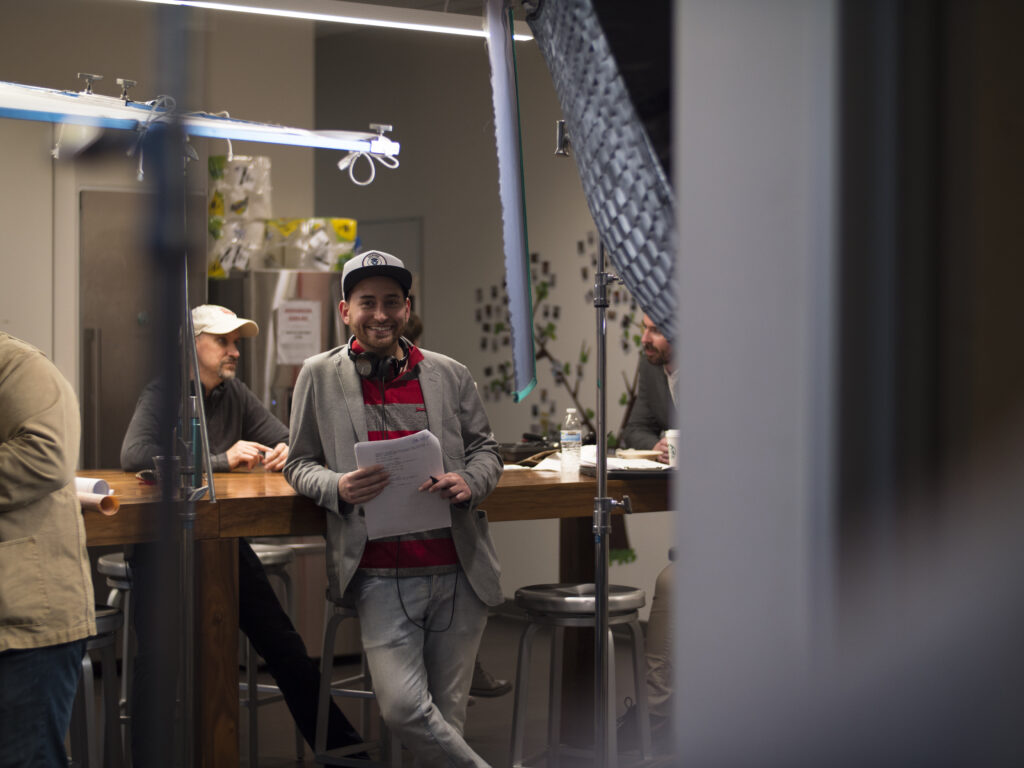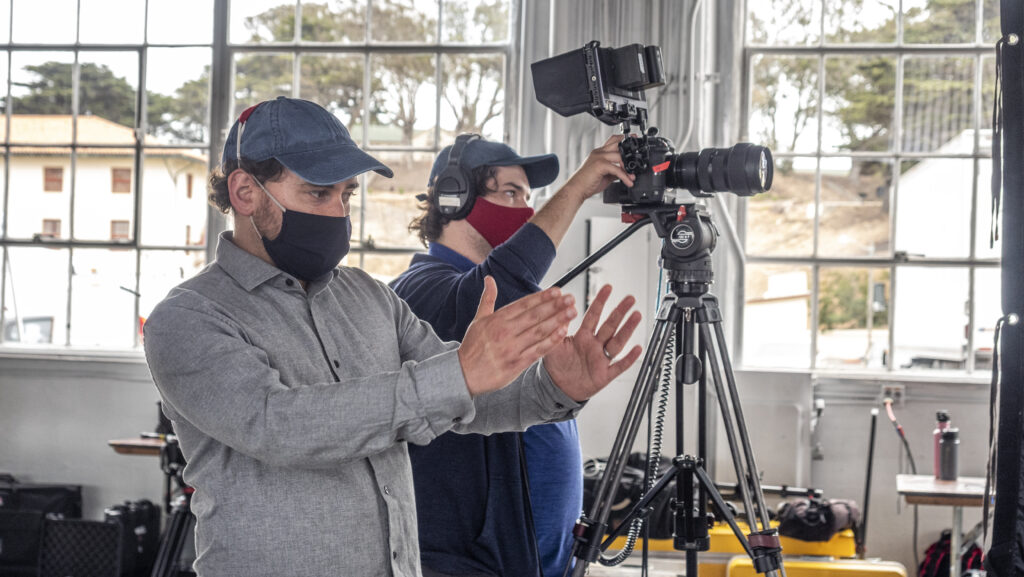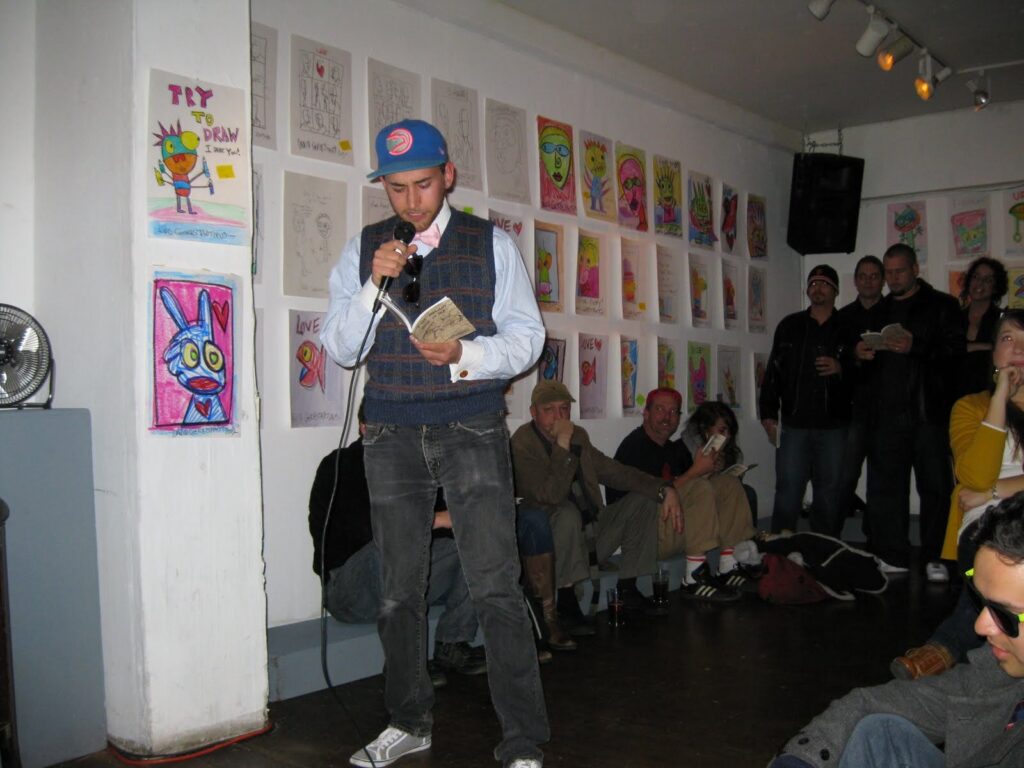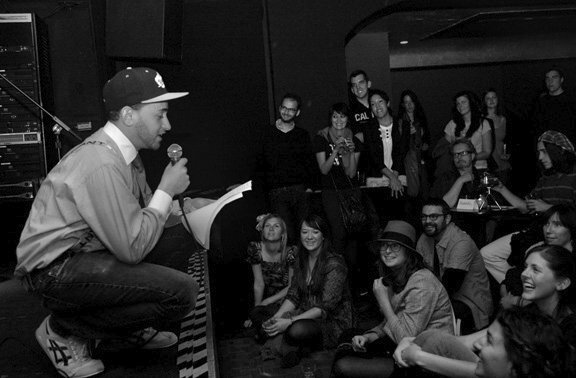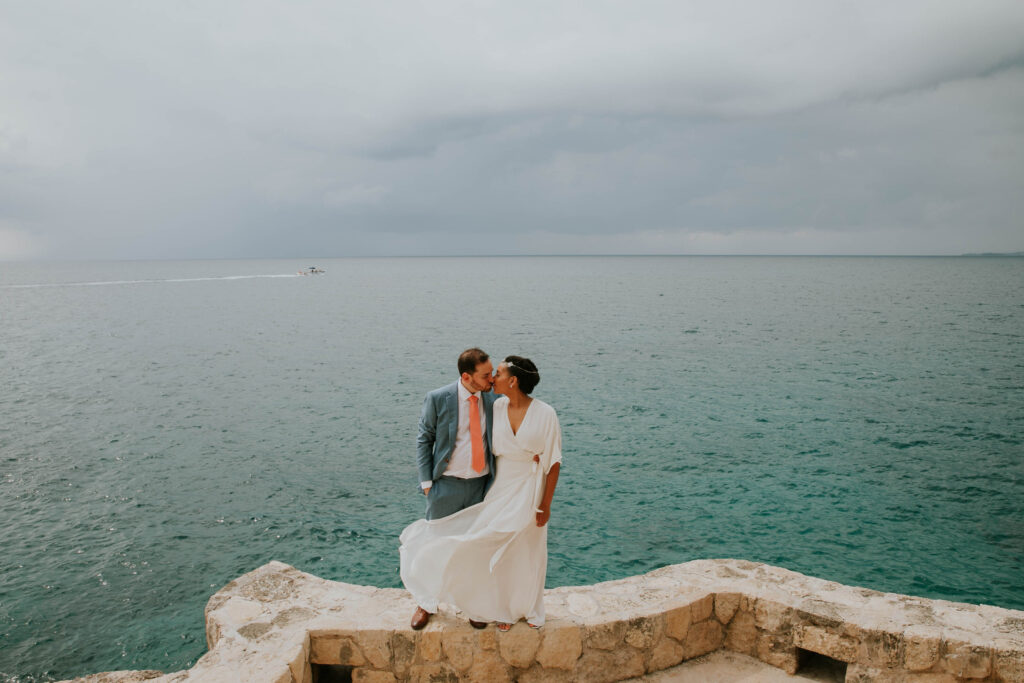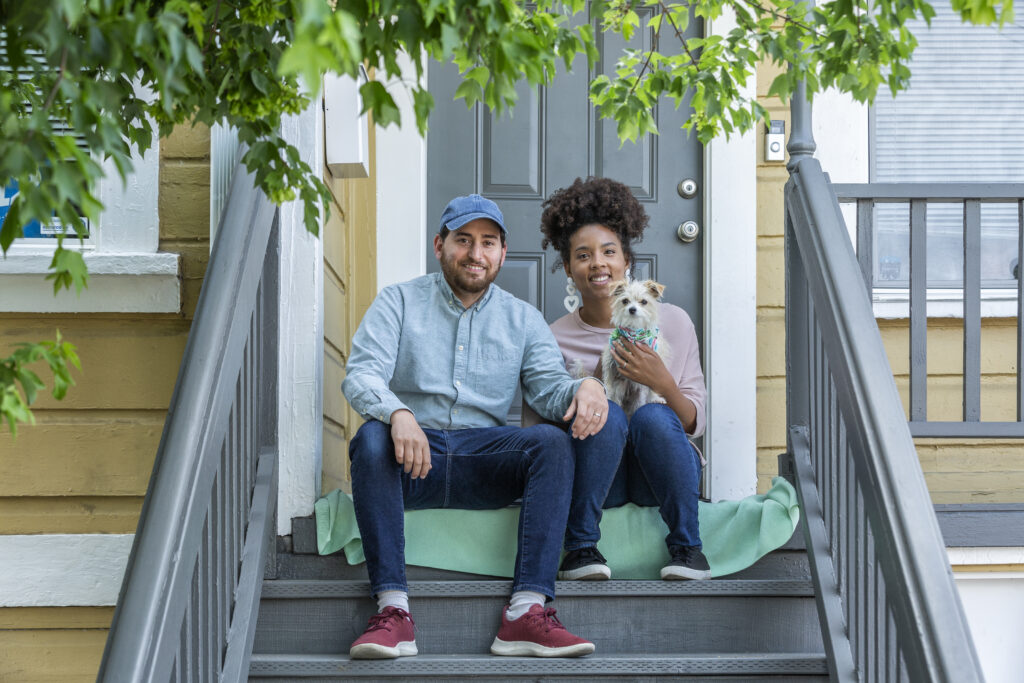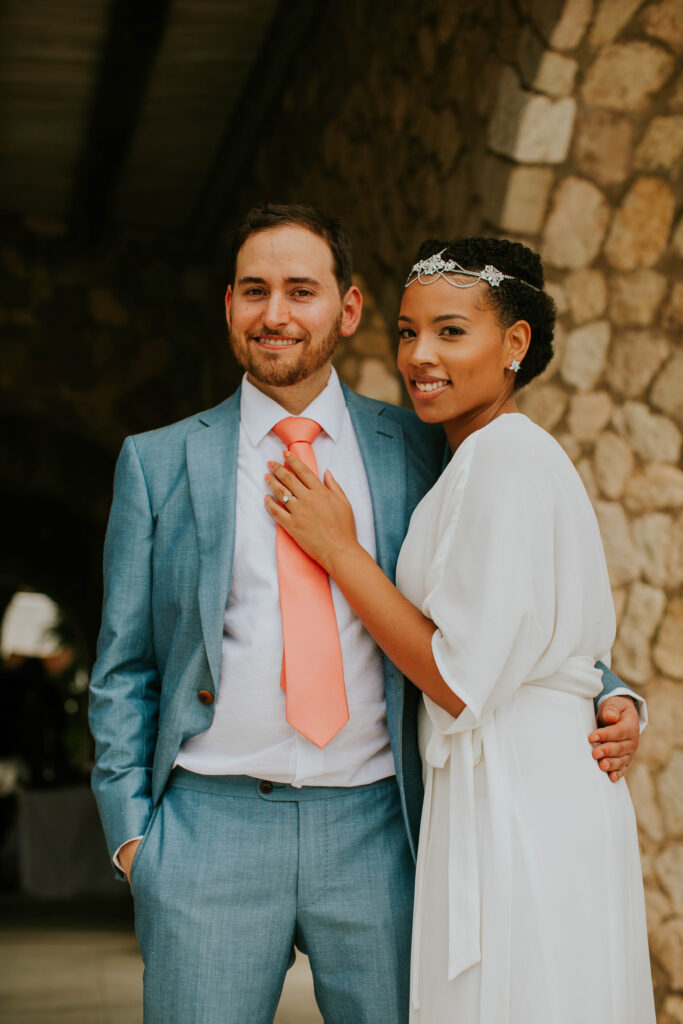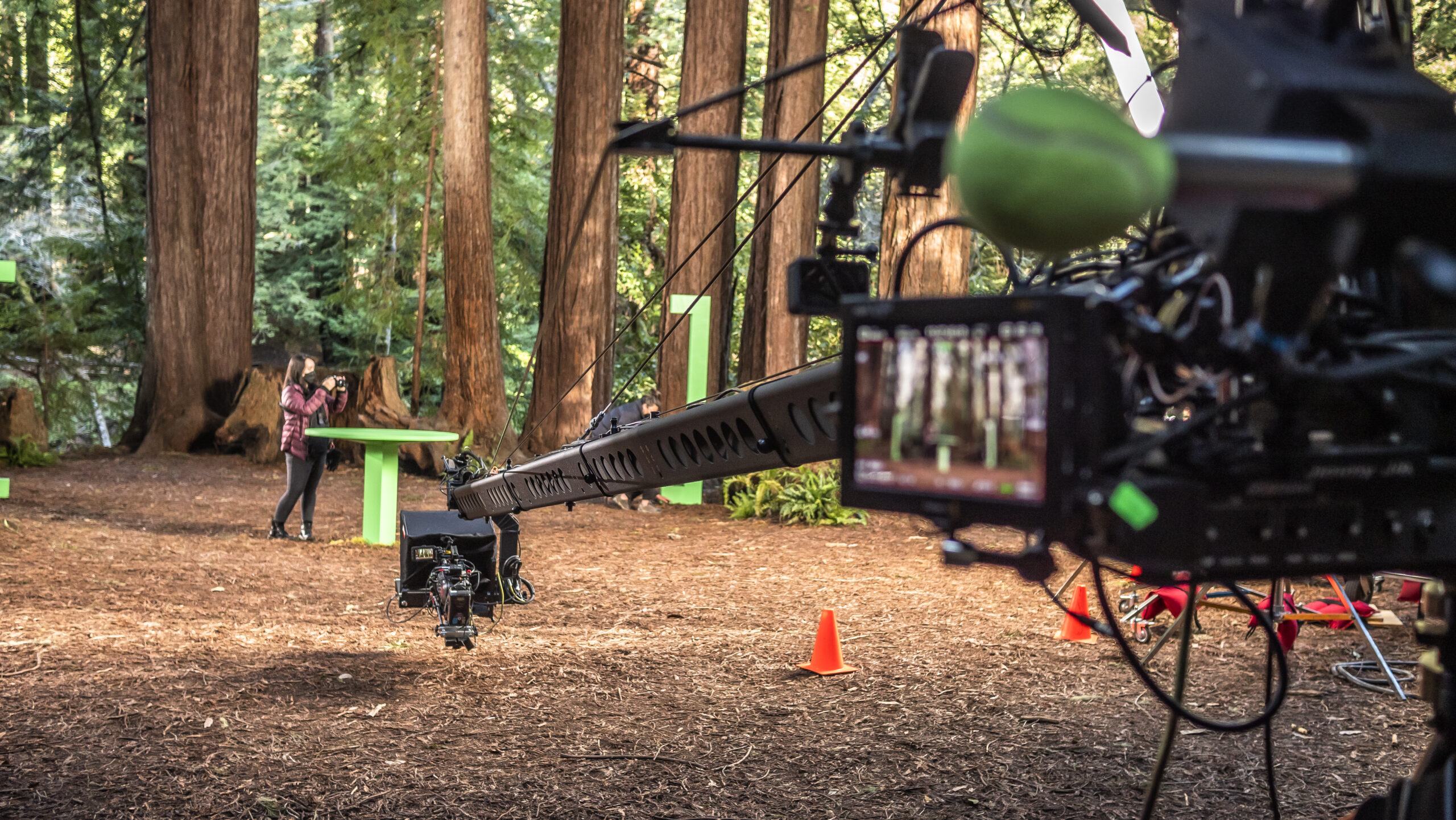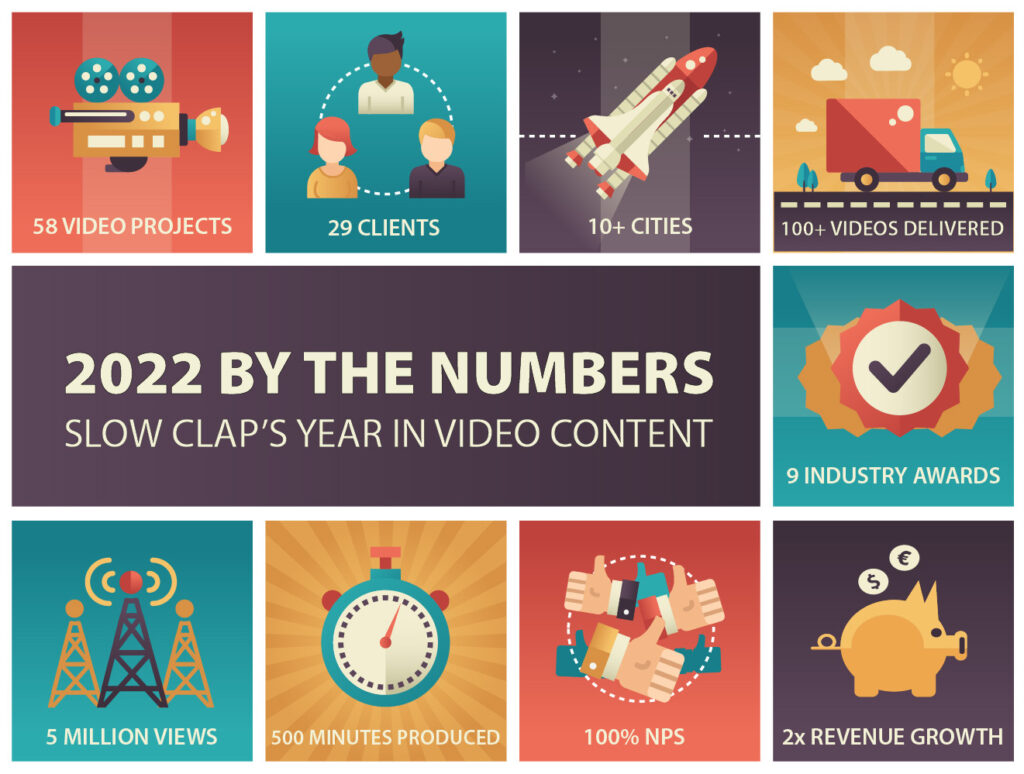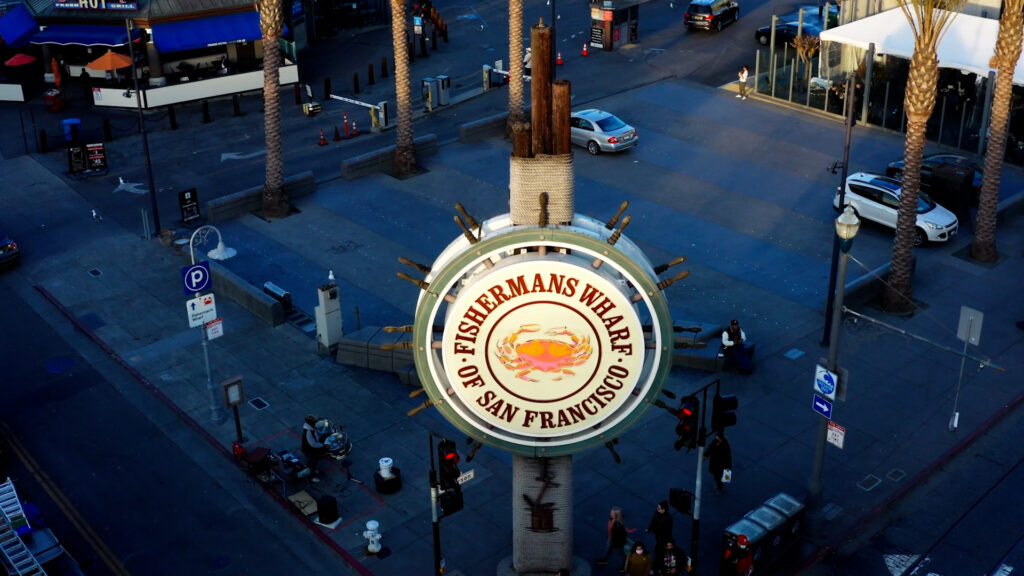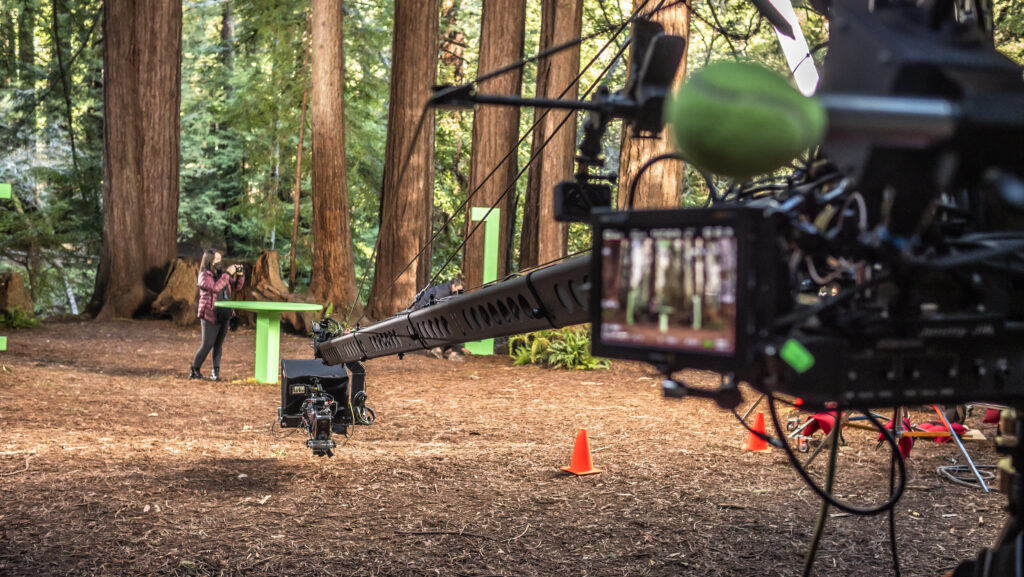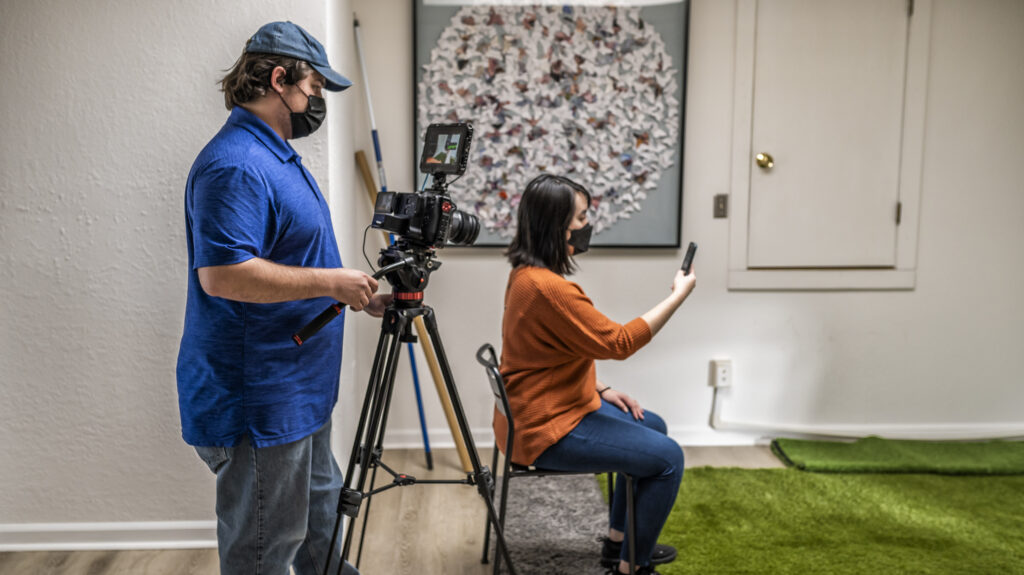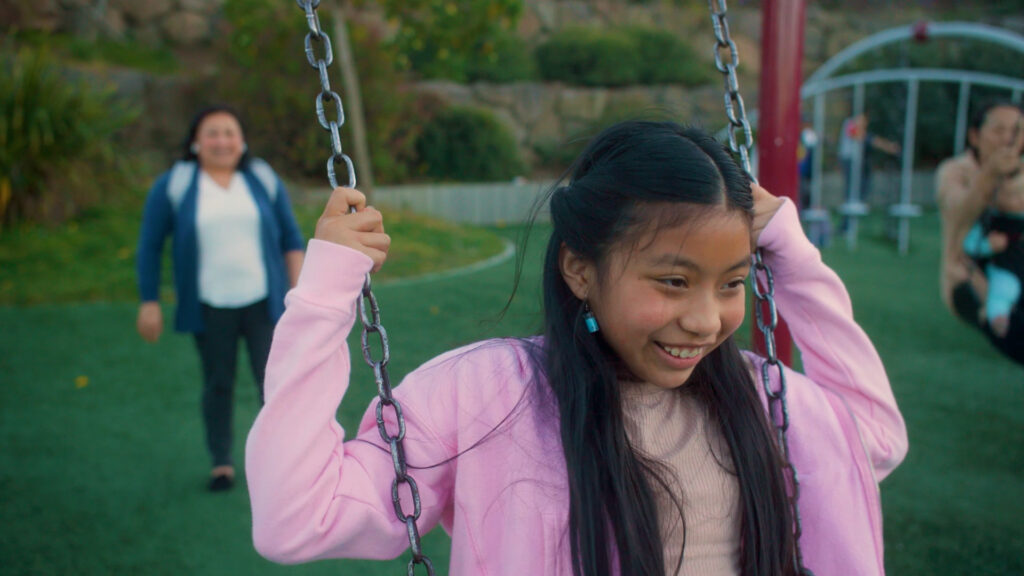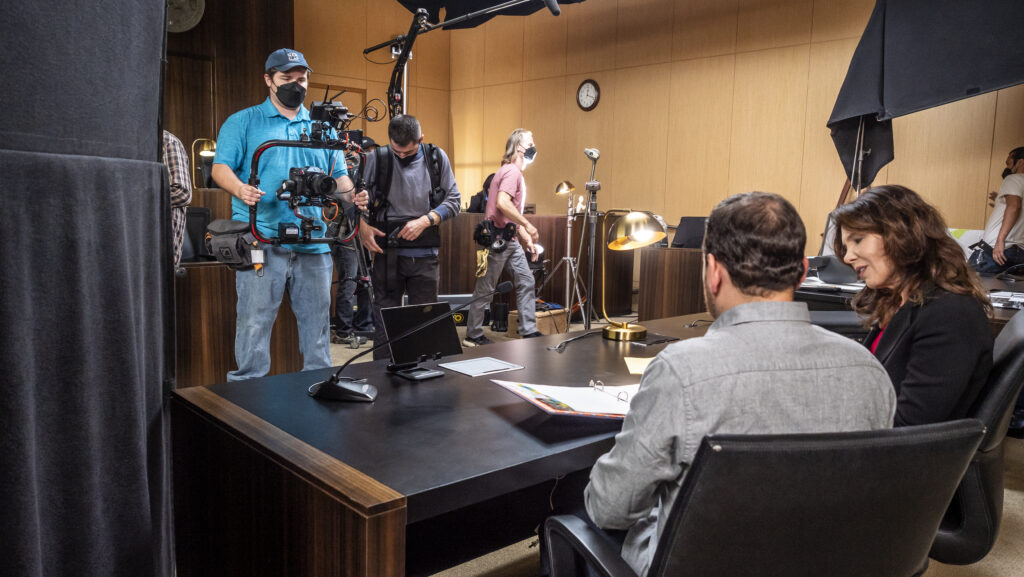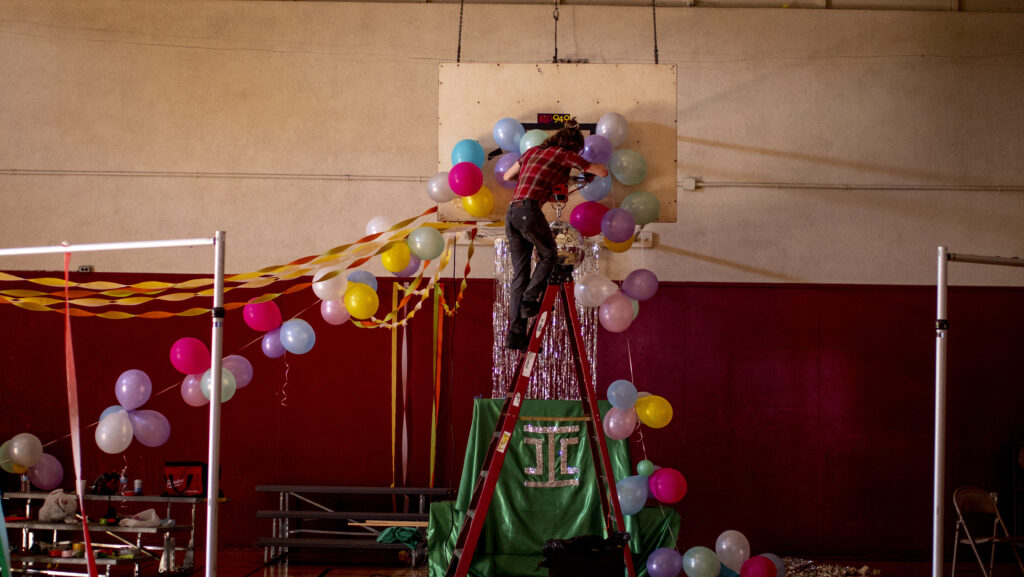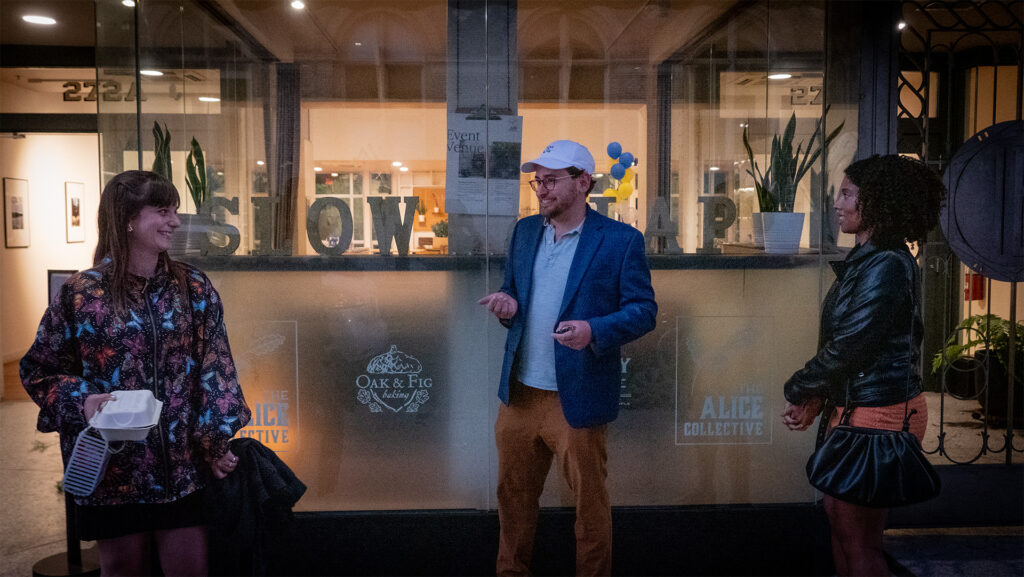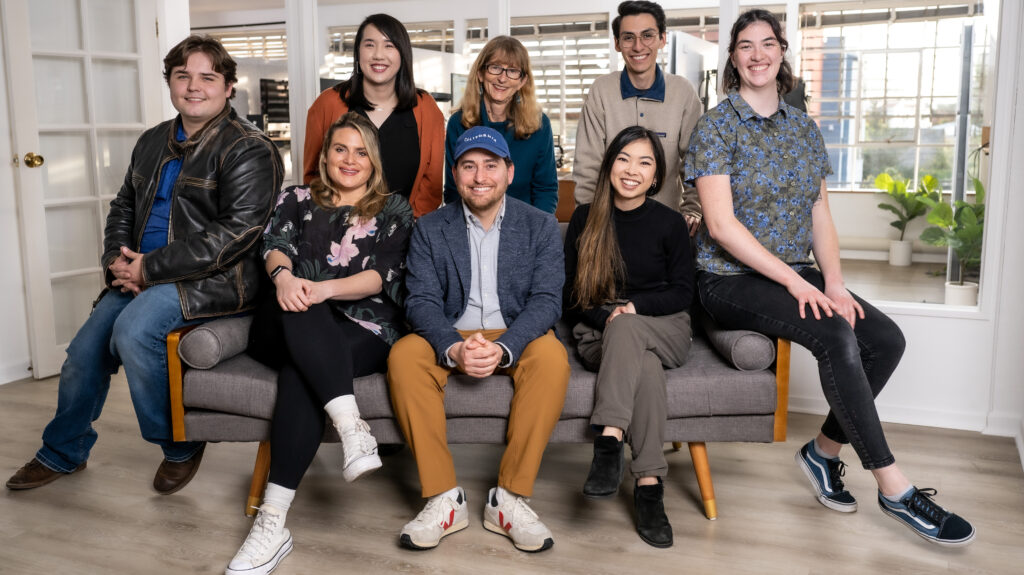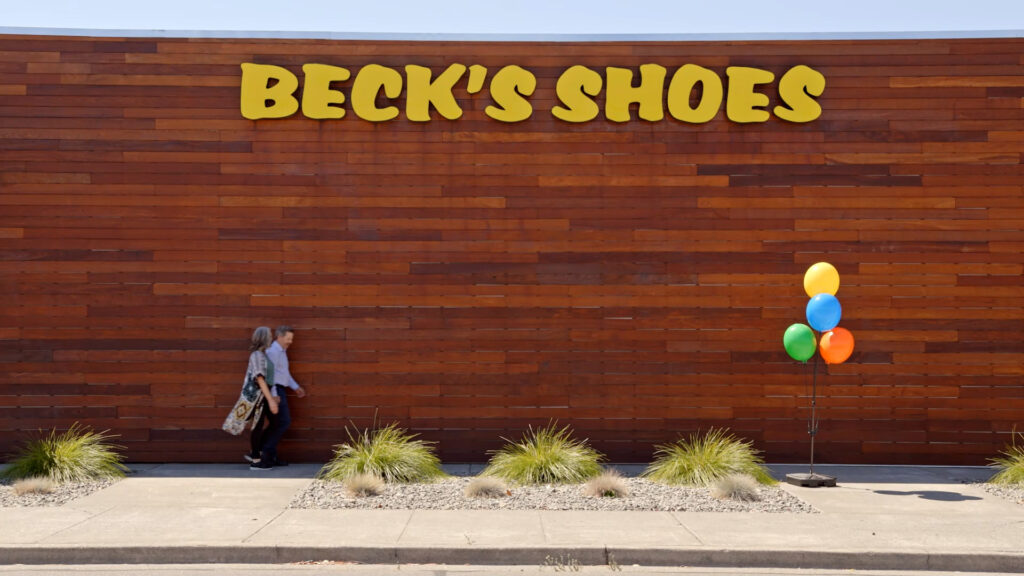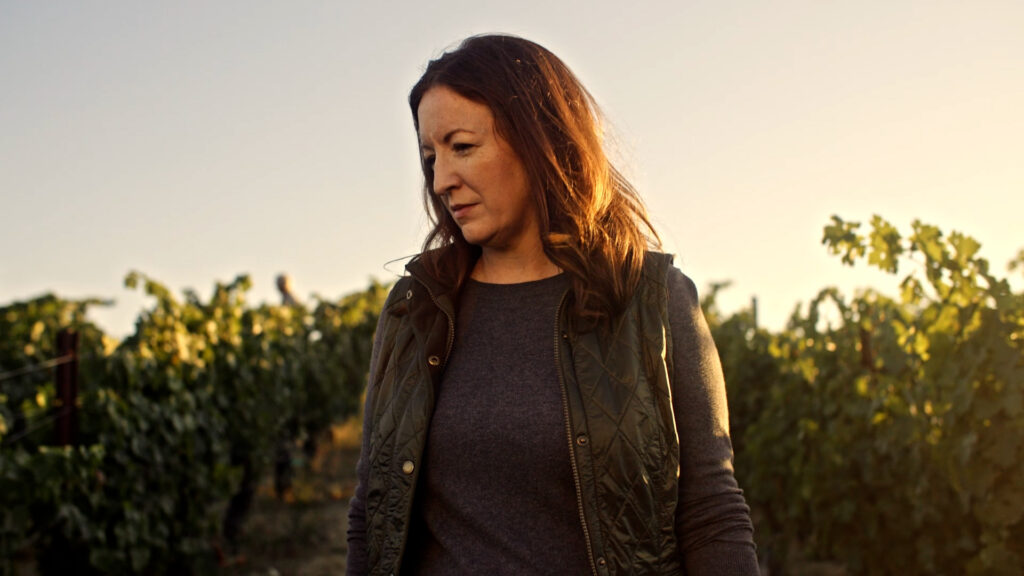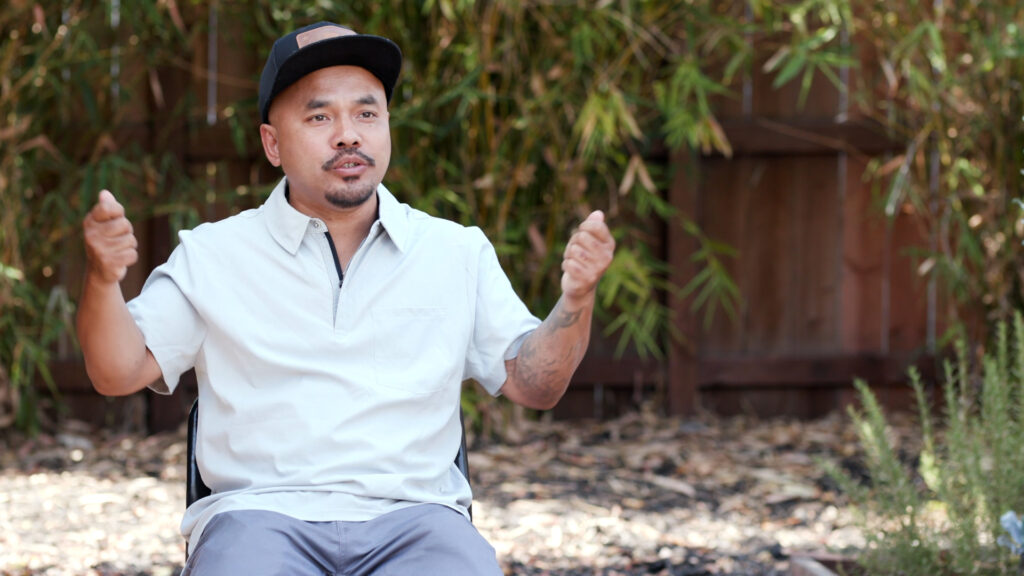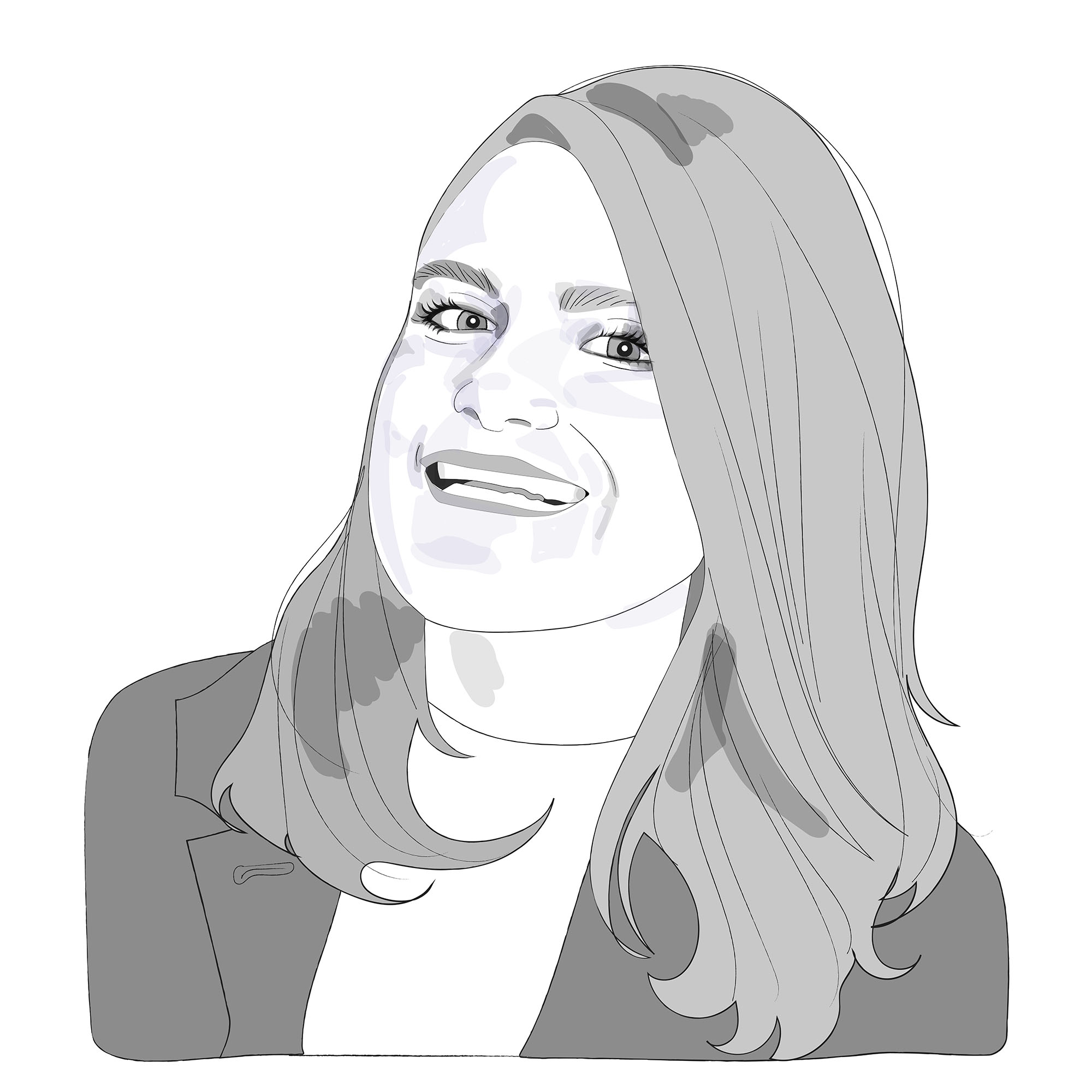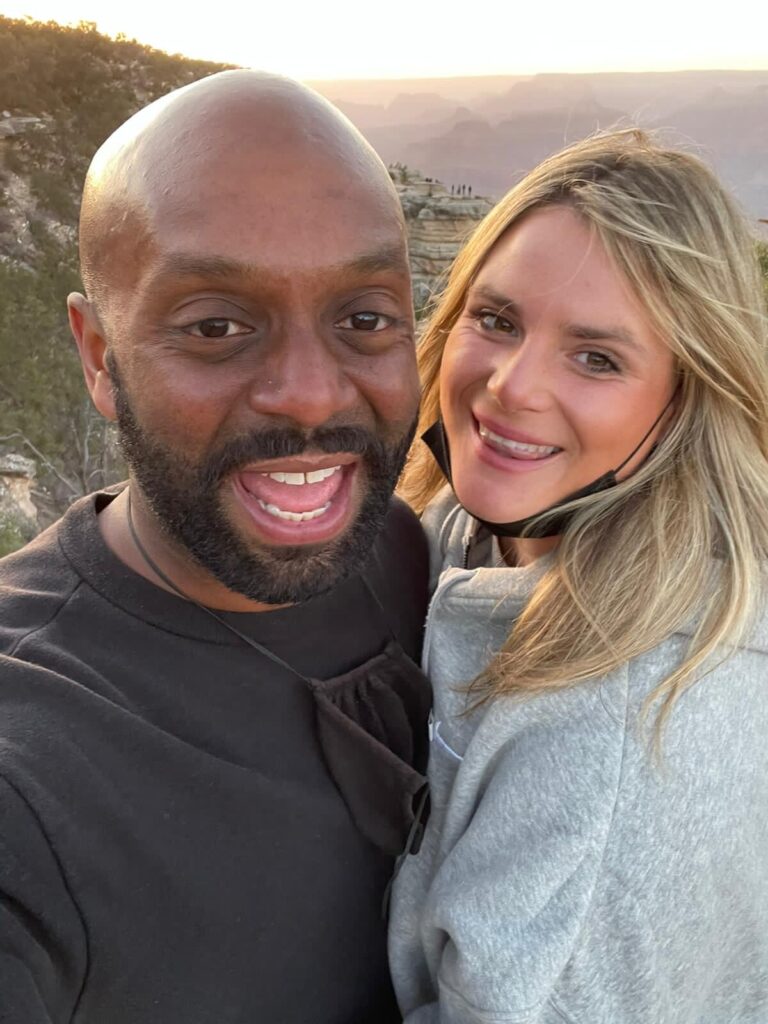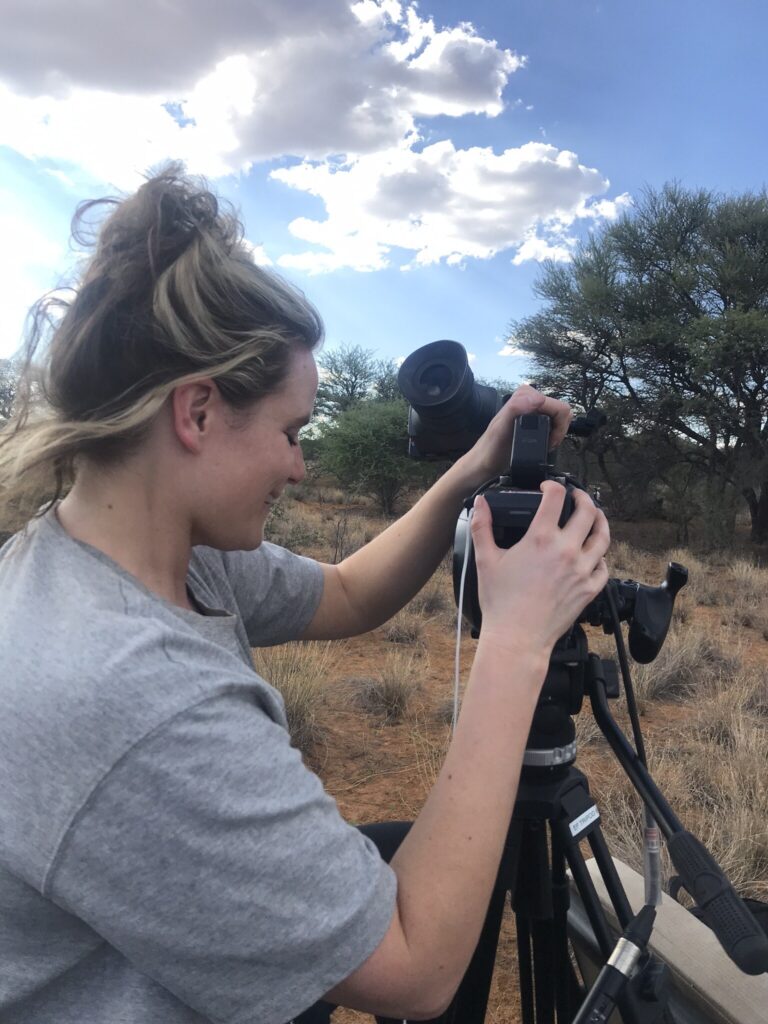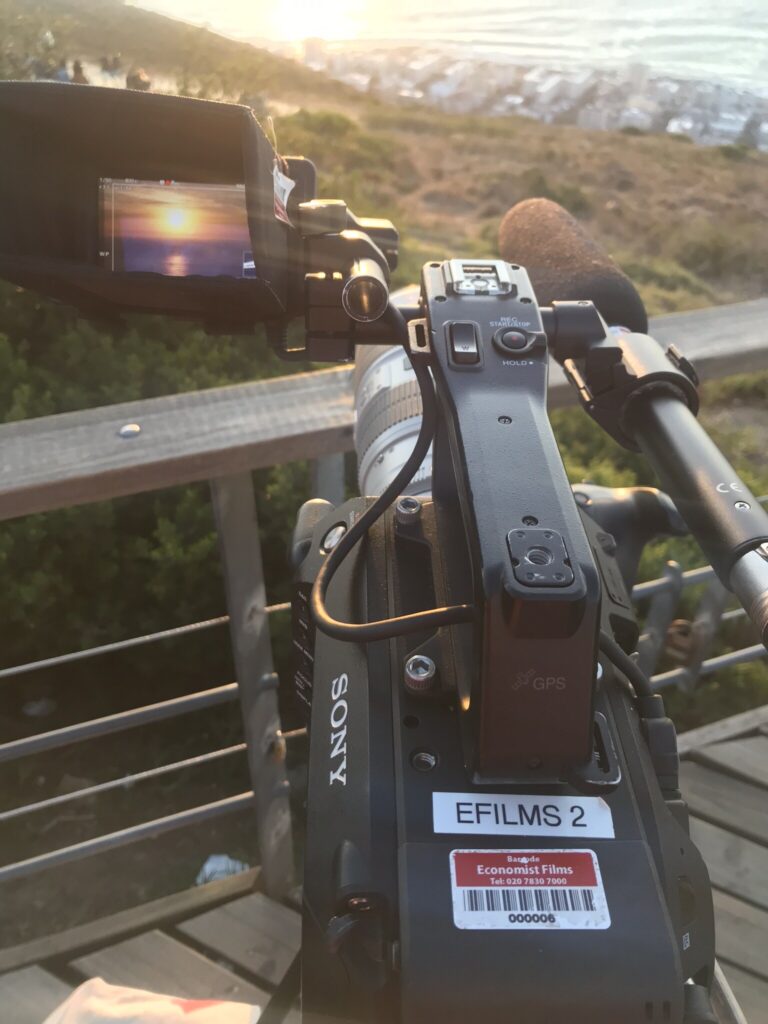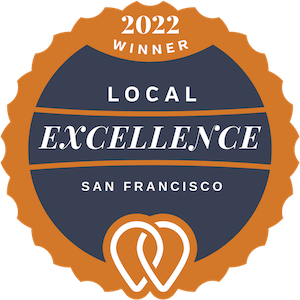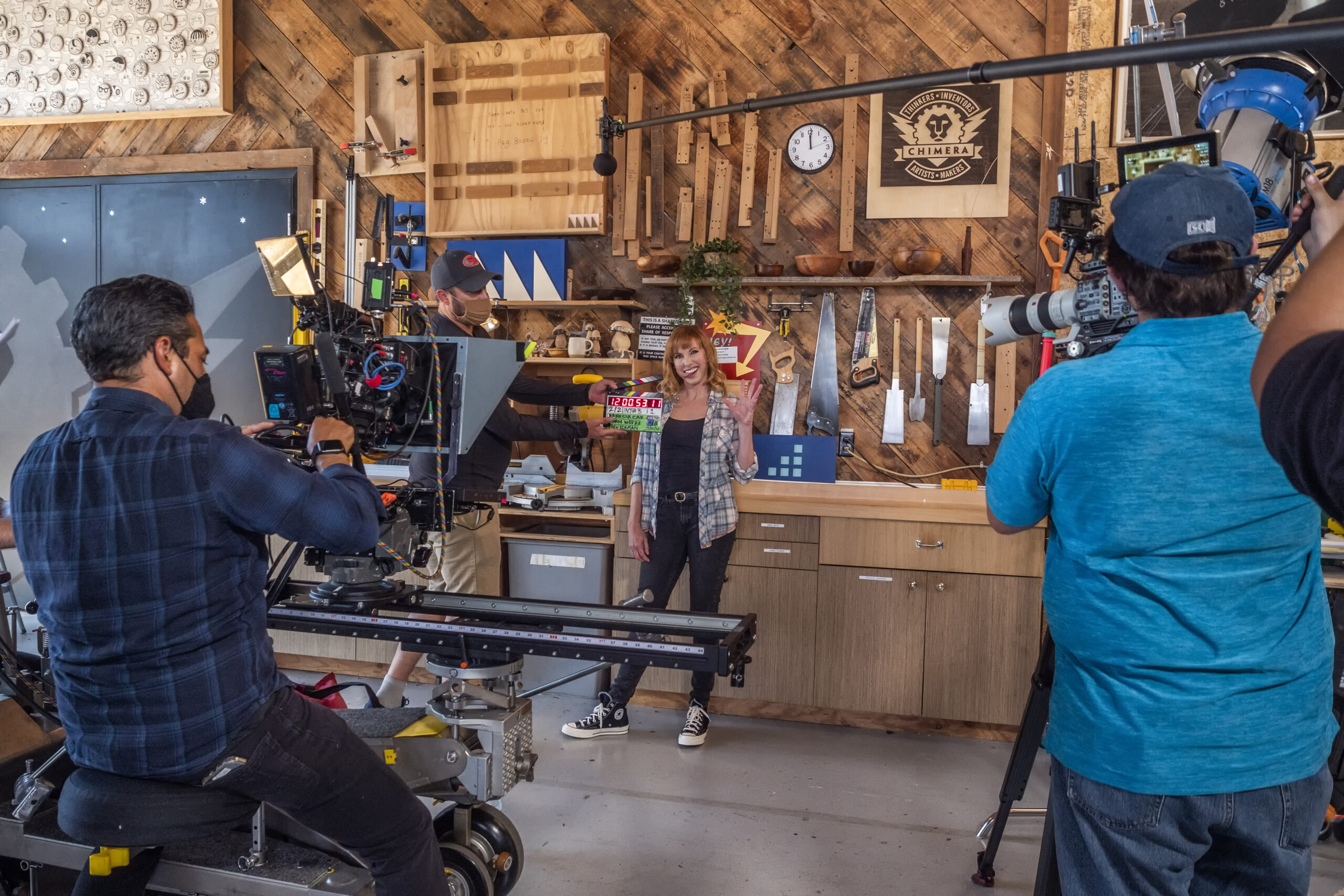2023 by the Numbers
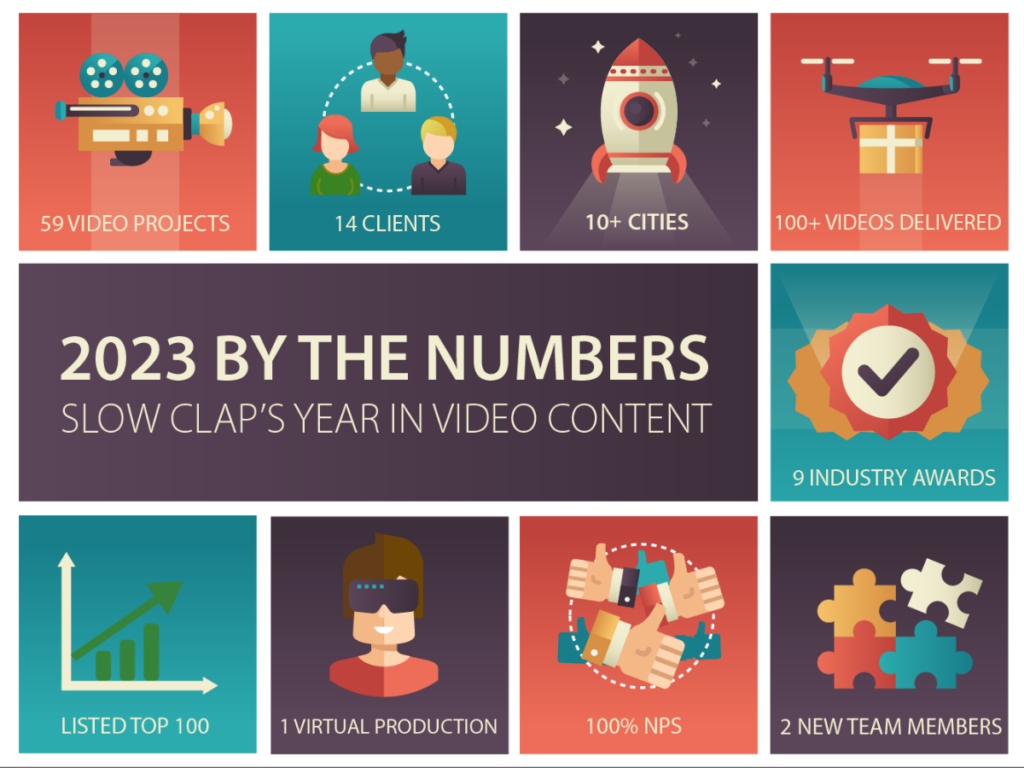
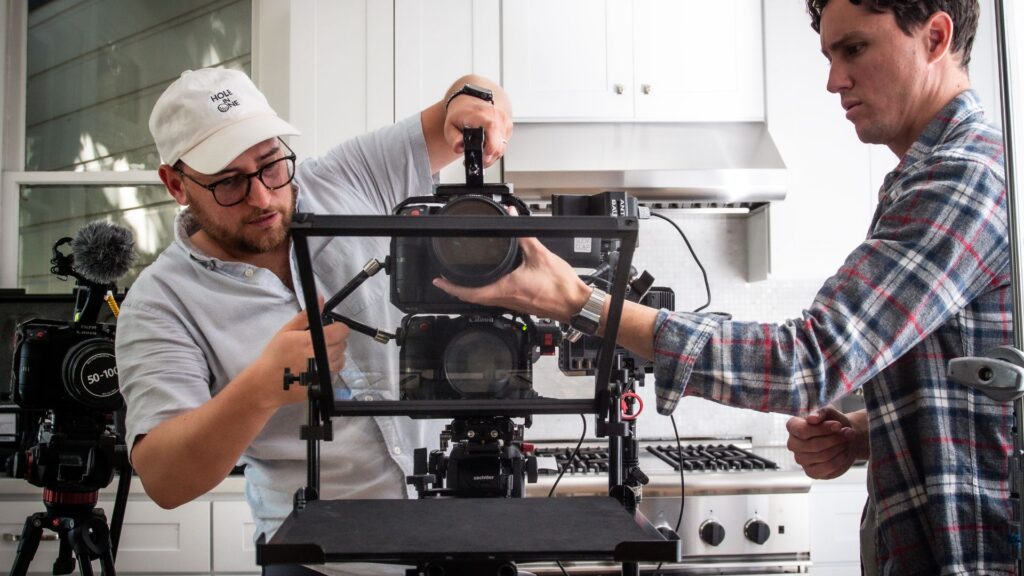
August 2023
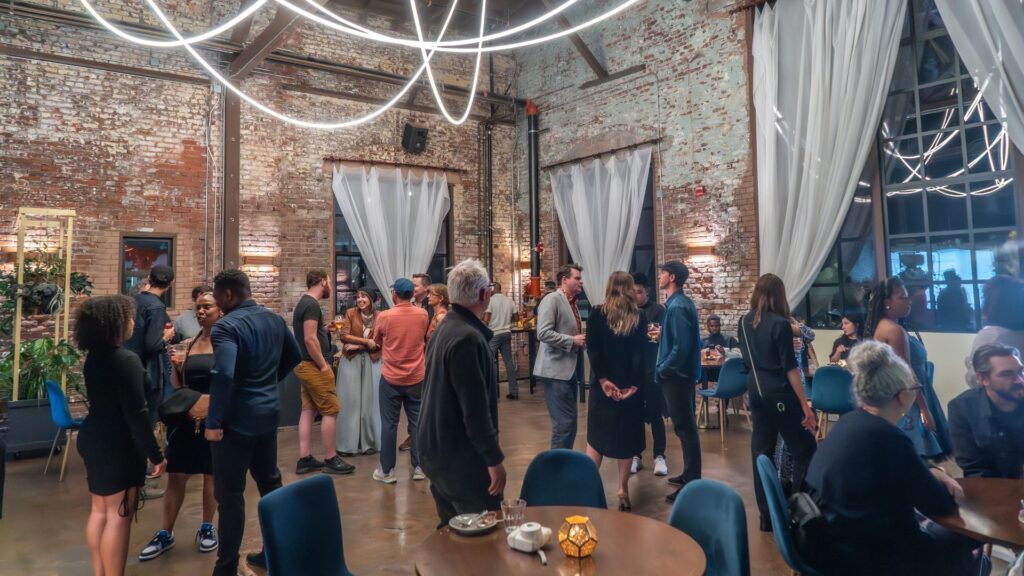


We had another blowout party for Slow Clap’s ninth birthday party in August. This is our favorite night of the year, as we get to celebrate all the big wins that we rarely have time to celebrate as they’re happening (on to the next deadline!) with our team, clients, and collaborators.
We also welcomed Kiante Marron to the team as a camera and post-production assistant. Kiante’s Gen Z, everything-is-content mindset has been a great refresh to our creaky old Millennial brains!
September 2023



In September, our producer Katy went on maternity leave (more about that next year!), and we welcomed a new producer to the team, Sarah Nathan. Similar to Katy, Sarah brings a documentary and journalist eye to Slow Clap’s body of work, having formerly worked at AJ+, ESPN, as well as Washington State University.
Our team traveled to Orange County to produce this customer story video for a new client, InterPayments, as well as another virtual event video for our longtime client, Ironclad, in Dallas,TX.
October 2023
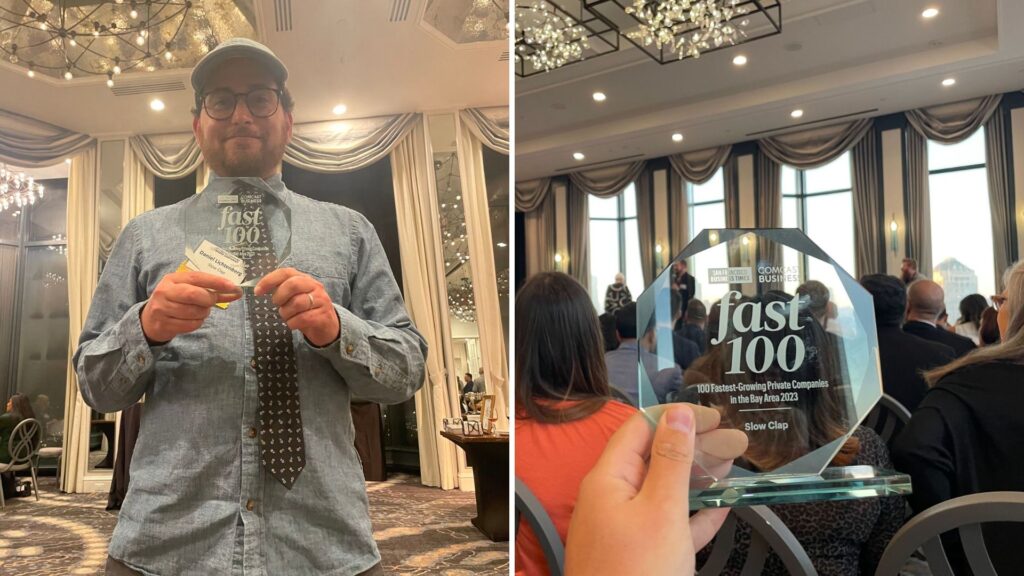


In October, we were thrilled to receive the Fast 100 award from the San Francisco Business Times, as one of the 100 fastest growing private companies in the San Francisco Bay Area. And on top of that, we were ranked #23.
We also continued our longtime partnership with the nonprofit Asian Law Caucus, producing three videos for their 2023 gala. We’ve produced these stories for ALC every year since our founding.
November 2023
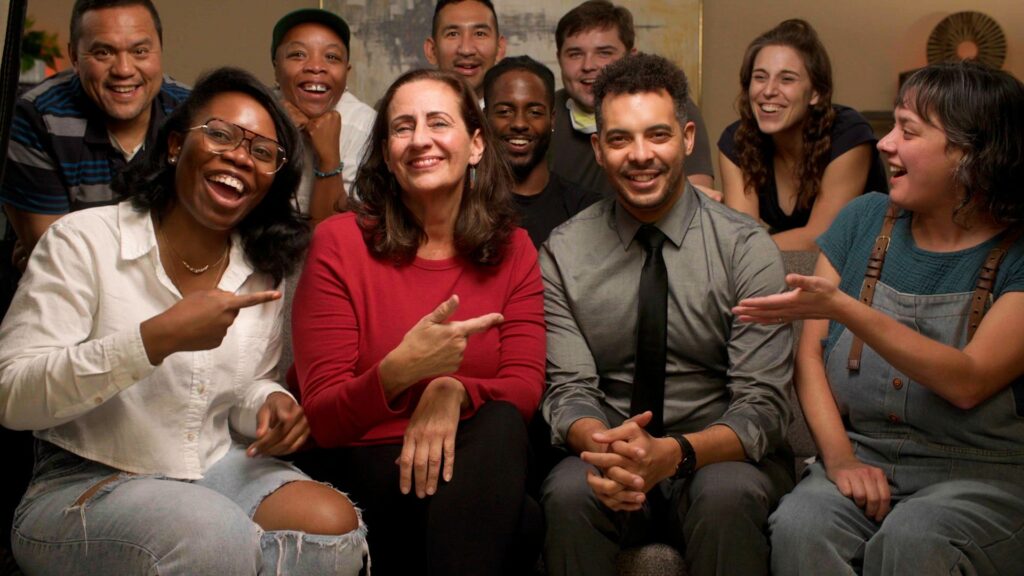


In November, we produced multiple equity training modules for our partners at The National Equity Project (NEP). We’re happy to continuously support this non-profit and to create content that educates and supports DEIB work in the community. The Slow Clap team had a great 4-day shoot at the NEP office in downtown Oakland and the collaboration was seamless.
On a side note, we got another Slow Clap baby on the way! Our founder, Dan, left for paternity leave in mid-November. Wish him congratulations on his baby girl!
December 2023
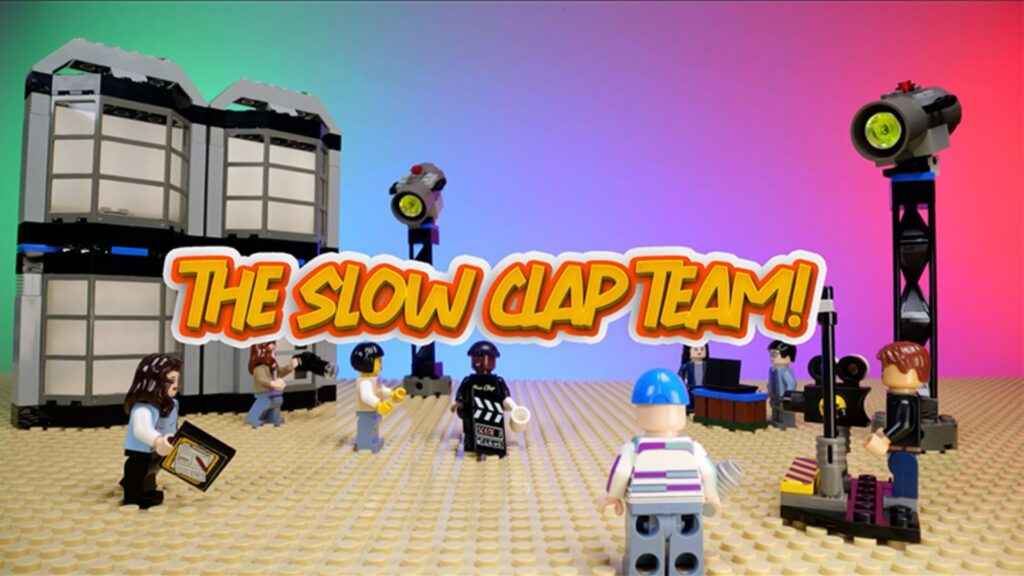


Wrapping up this year, we were all hands on deck (or all legos on deck) for our Slow Clap holiday card video. We couldn’t resist the opportunity to live our childhood LEGO® dreams. When it came time to decide on a theme for our annual card, we were inspired by 90’s toy commercials. As it was also our first take on stop-motion animation, we were glad to have Kiante lead the way. Check it out here if you haven’t already.
Looking ahead to 2024, we’re excited to take on new adventures with our amazing team and partners.
Cheers,
The Slow Clap Team
- 59 video projects completed for our clients, from product launches to client success stories to brand stories and branded content
- 14 clients, including cause-based non-profits like Asian Law Caucus, startups like Imbue and The Yield, and Fortune 500 companies like eBay and Apple
- 23rd fastest-growing company in the Bay Area, according to the SF Business Times’ Fast 100 list
- 10+ different cities filmed including New York, Dallas, Los Angeles, San Diego, Sacramento, and (of course) San Francisco & Oakland
- 100+ videos delivered; from long-form virtual event videos to 15-second social media videos
- 100% NPS (net promoter score) on Clutch
- 9 Industry Awards
- 2 new team members
- 2 Slow Clap babies
- 1 virtual production shot on an LED volume
2023 by Month
January 2023


We got 2023 started on a light note, making a series of social media video skits for startup Ironclad. The videos were produced in a DIY style to feel more like organic social content, and featured the lawyer influencer (yes, those exist,) Alex Su making fun of all things business contracts.
February 2023


2023 was year nine of our continuing relationship with healthcare insurance company Blue Shield of California. One highlight was continuing our series of ERG (employee resource group) video profiles. In each mini-documentary, we tell the powerful stories of employees who have gone through their careers facing adversity because of who they are. In February, we filmed interviews for the Black Employee Network, Elevating Women, and the Unidos (Latinx) ERG. All videos have since been released.
March 2023
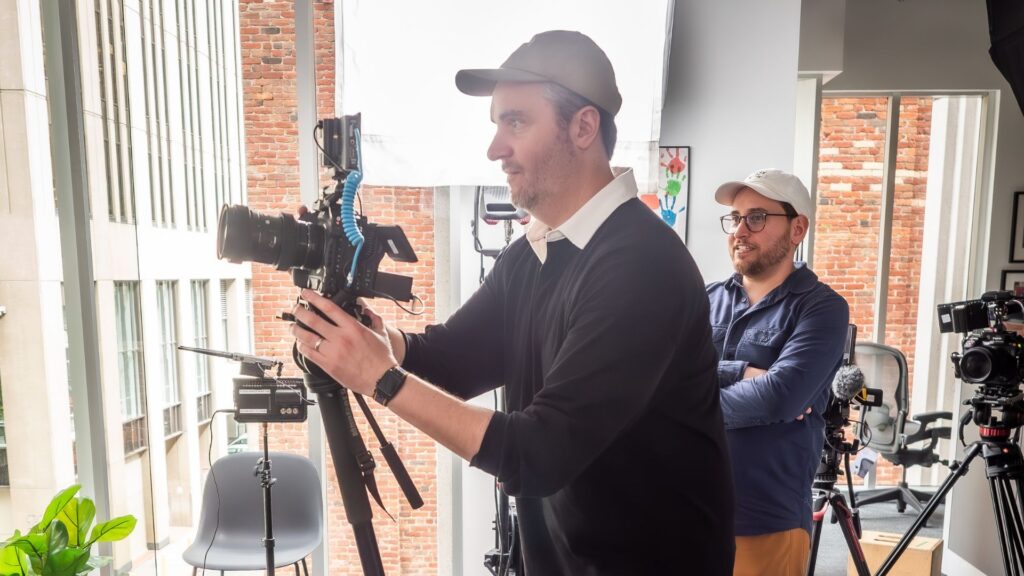

In March, the Slow Clap team learned about the fascinating world of low and moderate income housing development and lending as we produced a video about the Golden State Acquisition Fund (aka GSAF). GSAF is an innovative fund created by the State of California and administered by Low Income Investment Fund (aka LIIF) that, to date, has been responsible for more than 10,000 new units of affordable housing.
April 2023


In April 2023, we got a repeat of April 2022. We love when our clients come back for more, and the San Francisco Treasurer did just that when we produced this video about the Kindergarten to College (K2C) program’s success. It gives us a chance to be part of something bigger, something that affects our community. This video features four students in San Francisco schools that have taken advantage of the program to save for college throughout their entire schooling, starting in Kindergarten.
May 2023
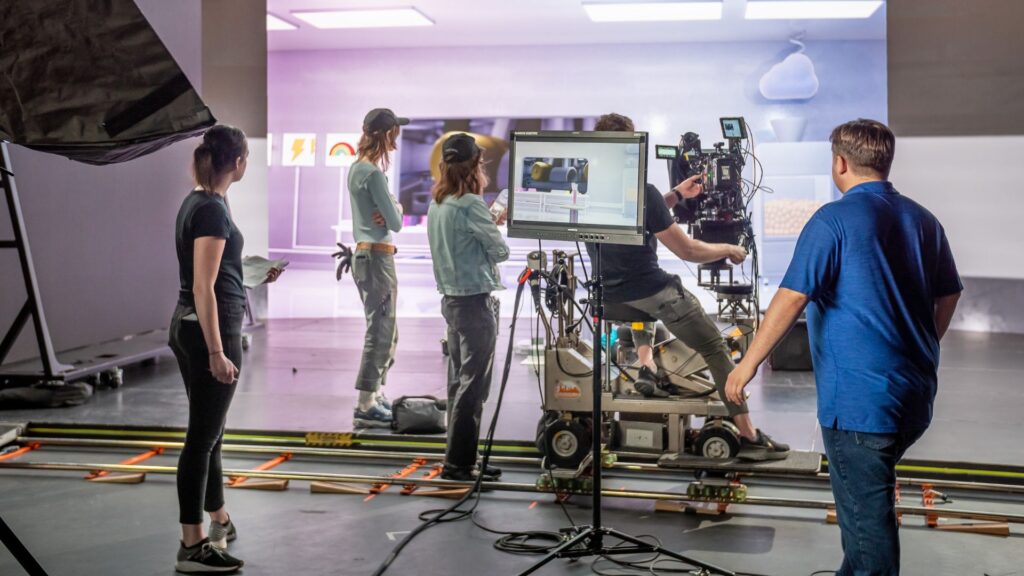

Slow Clap produced a fully-virtual production from start to finish for the first time. For those who don’t know, a “virtual production” is a new technique of producing video content that was first developed by Industrial Light and Magic for The Mandalorian. In May, we wrapped and delivered this product launch video for Mindful.
Mindful was releasing an entirely new UI for their product, with design that was accessible and “kind by design.” And to announce it, they reached out to us to build an entire virtual world from scratch. We built the world in Unreal Engine, rigged it on the large volume LED wall with Disguise, and used active camera tracking to bring the whole thing to life. This is a technology that will become standard industry practice in the near future, and the Slow Clap team is so excited to get to be on the bleeding edge of it. Check out a behind-the-scenes video about the making of this.
June 2023
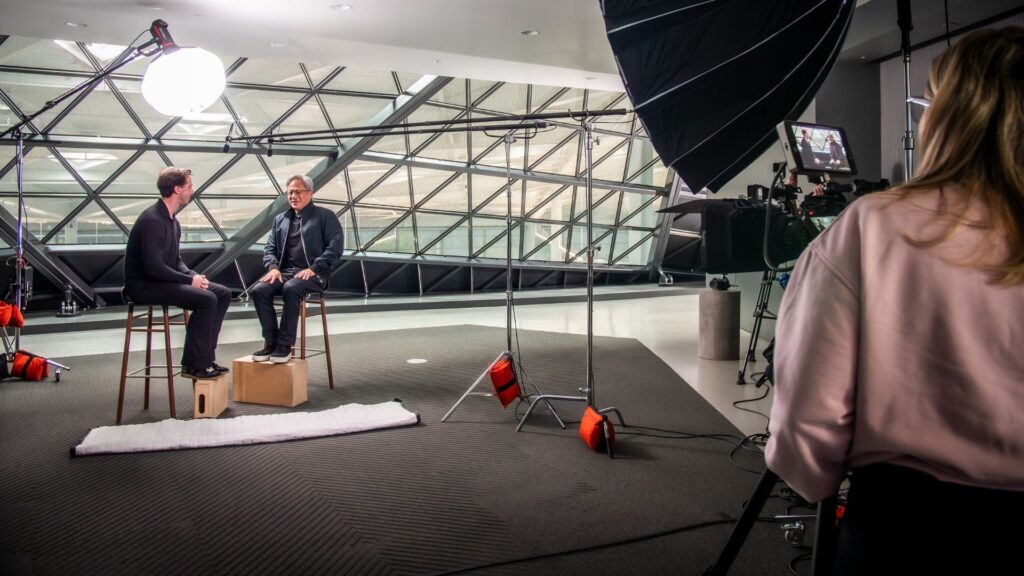

2023 was the year of AI… from ChatGPT to labor strikes to deep fakes to AI Drake songs. 2023 was the year of AI for Slow Clap as well. We adopted some amazing AI tools like Descript for our workflow, and we got to produce video projects for some leading AI companies, like Sana, a leader in the TechEd space. Here, you can see Sana’s CEO talking with the CEO of Nvidia, which is now the sixth-largest company in the world due to its all-in play on AI hardware.
July 2023



August 2023



We had another blowout party for Slow Clap’s ninth birthday party in August. This is our favorite night of the year, as we get to celebrate all the big wins that we rarely have time to celebrate as they’re happening (on to the next deadline!) with our team, clients, and collaborators.
We also welcomed Kiante Marron to the team as a camera and post-production assistant. Kiante’s Gen Z, everything-is-content mindset has been a great refresh to our creaky old Millennial brains!
September 2023



In September, our producer Katy went on maternity leave (more about that next year!), and we welcomed a new producer to the team, Sarah Nathan. Similar to Katy, Sarah brings a documentary and journalist eye to Slow Clap’s body of work, having formerly worked at AJ+, ESPN, as well as Washington State University.
Our team traveled to Orange County to produce this customer story video for a new client, InterPayments, as well as another virtual event video for our longtime client, Ironclad, in Dallas,TX.
October 2023



In October, we were thrilled to receive the Fast 100 award from the San Francisco Business Times, as one of the 100 fastest growing private companies in the San Francisco Bay Area. And on top of that, we were ranked #23.
We also continued our longtime partnership with the nonprofit Asian Law Caucus, producing three videos for their 2023 gala. We’ve produced these stories for ALC every year since our founding.
November 2023



In November, we produced multiple equity training modules for our partners at The National Equity Project (NEP). We’re happy to continuously support this non-profit and to create content that educates and supports DEIB work in the community. The Slow Clap team had a great 4-day shoot at the NEP office in downtown Oakland and the collaboration was seamless.
On a side note, we got another Slow Clap baby on the way! Our founder, Dan, left for paternity leave in mid-November. Wish him congratulations on his baby girl!
December 2023



Wrapping up this year, we were all hands on deck (or all legos on deck) for our Slow Clap holiday card video. We couldn’t resist the opportunity to live our childhood LEGO® dreams. When it came time to decide on a theme for our annual card, we were inspired by 90’s toy commercials. As it was also our first take on stop-motion animation, we were glad to have Kiante lead the way. Check it out here if you haven’t already.
Looking ahead to 2024, we’re excited to take on new adventures with our amazing team and partners.
Cheers,
The Slow Clap Team
